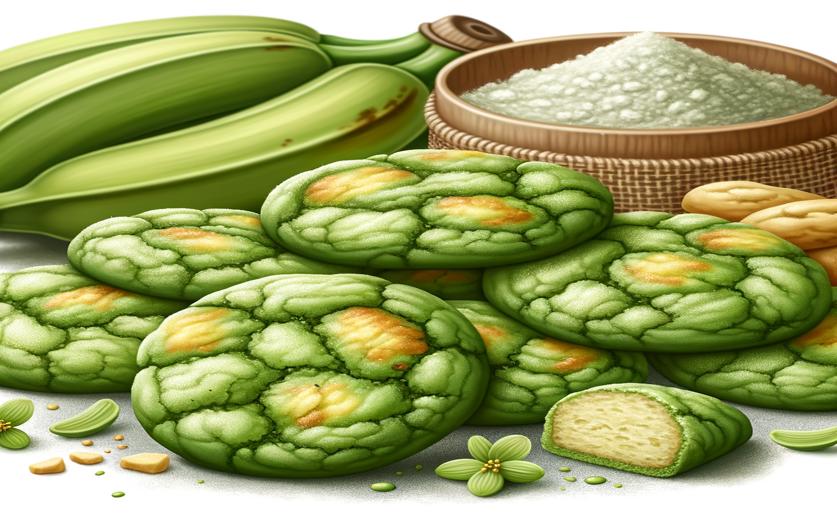
Using Fermented Green Banana Flour as a Healthy Ingredient in Cookies
Jim Crocker
17th August, 2024

Image Source: Natural Science News, 2024
Key Findings
- The study by Selçuk University explored using unripe banana flour (UBF) and fermented unripe banana flour (FUBF) in biscuits
- Adding UBF or FUBF significantly increased the total phenolic content and antioxidant activity of the biscuits
- Despite these enhancements, all biscuit samples had high glycemic index values, which is important for those monitoring blood sugar levels
References
Main Study
1) Fermented Unripe Banana Flour Utilization as a Functional Ingredient in Biscuits.
Published 17th August, 2024
https://doi.org/10.1007/s11130-024-01224-4
Related Studies
2) Physicochemical Properties of Bread Partially Substituted with Unripe Green Banana (Cavendish spp.) Flour.
3) The effects of different processes on enzyme resistant starch content and glycemic index value of wheat flour and using this flour in biscuit production.
4) Influence of sourdough on in vitro starch digestibility and predicted glycemic indices of gluten-free breads.



 2nd July, 2024 | Greg Howard
2nd July, 2024 | Greg Howard